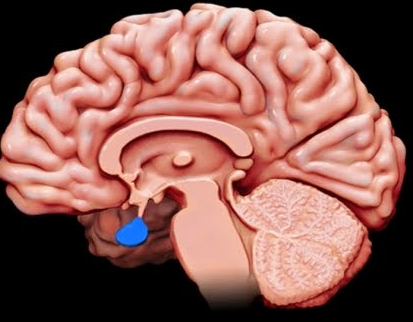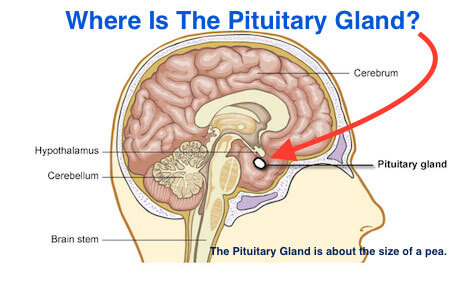Pituitary gland is an imperative part of the endocrine system. Mainly, it functions for the secretion of hormones to the bloodstream. These secreted hormones affect the other organs and the glands, especially the adrenal glands, thyroids, and the reproductive organs. Due to its vast range of activities, this gland is also known as the master gland.

Anatomy and Functions of Pituitary Glands
It is small in size and is oval-shaped, located near the underside of the brain, behind the nose. With the help of a stalk-like structure, it is attached to the hypothalamus. It is divided into two parts, the anterior lobe, and the posterior lobe. The anterior lobe is made up of different cells that produce and release the various hormones including the growth hormone, follicle-stimulating hormone, adrenocorticotropic hormone, thyroid-stimulating hormone, prolactin, endorphins, beta-melanocyte stimulating hormone, and Enkephalins. Whereas the hormones, related to the posterior lobe are oxytocin and the vasopressin.

Human Growth Hormone: It is also known as the somatotropin and it regulates the growth and the physical development of the body.
Thyroid Stimulating Hormone: This hormone activates the thyroids for the release of thyroid hormones. The hormones produced by the thyroid are crucial for metabolism.
Follicle Stimulating Hormone: It stimulates the secretion of estrogen and the growth of egg cells in the females. In men, it is important for the sperms production.
Beta-melanocyte Stimulating Hormone: This hormone stimulates the pigmentation of the skin when the skin is exposed to the ultraviolet radiation.
Prolactin: It helps to increase milk production in breastfeeding women.
Adrenocorticotropic Hormone: It stimulates the adrenal glands for producing more cortisol.
Endorphins: These hormones have pain-relieving properties and are connected to the pleasure centers of the brain.
Disorders of Pituitary Glands
The development of the tumor or adenoma is the most dangerous thing that negatively affects the pituitary glands. As pituitary glands perform the varied tasks in the body, so depending upon the conditions, the symptoms of pituitary disorders will be different. The conditions, that directly affects the pituitary glands can be divided into three main categories.
- The conditions which cause the production of too many hormones. Examples include Cushing’s disease and prolactinoma.
- The conditions which cause the production of too fewer hormones. Examples include diabetes insipidus, hypopituitarism, and adult-onset hormones.
- The conditions which alter the shape and the size of the pituitary glands such as in the empty Sella syndrome.